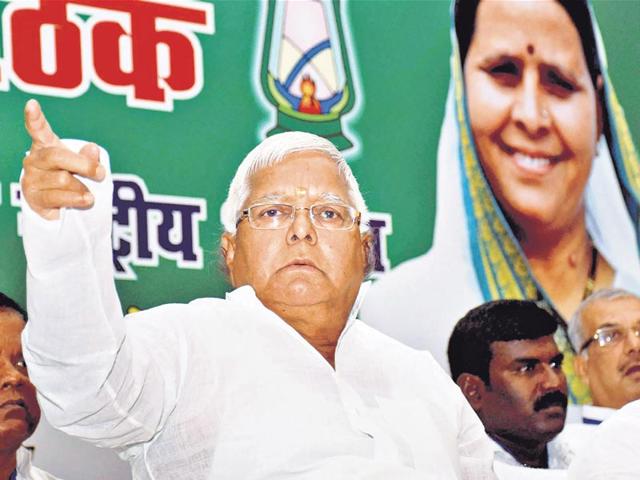Third front formation necessary, but the fault is in the design
If the six parties — the RJD, the SP, the JD(U), the JD(S), the INLD and the Samajwadi Janata Party — see merit in uniting now on the plank of socialism, they will still be jostling for political space because there they will have strong rivals in the Congress, the Left parties and now the Aam Aadmi Party (AAP) even though AAP does not espouse any specific ideology.
The declared merger of some parties that owe their origin in just antipathy towards the Congress in the 1960s, 1970s and 1980s should not be read as Opposition unity.

It is not even a revival of the Third Front. Rather, it is a reaction born out of fear of going out of power in the coming years because of the surge of the BJP in the Lok Sabha elections in 2014 and the polls in some states thereafter.
So it can be safely said that while the epicentre of Indian politics has changed, what drives the urges of these parties — which were till the other day rivals in various states — has not.
Though the need of a strong Opposition party is unexceptionable, its raison d’etre cannot be just to take on the ruling party. It only breeds a sort of negativism that is not conducive to either economic growth or good administration.
This step can be questioned on several other grounds also.
If the six parties — the RJD, the SP, the JD(U), the JD(S), the INLD and the Samajwadi Janata Party — see merit in uniting now on the plank of socialism, they will still be jostling for political space because there they will have strong rivals in the Congress, the Left parties and now the Aam Aadmi Party (AAP) even though AAP does not espouse any specific ideology.
And if this is an exercise in the preservation of secularism, which it purportedly is, it leaves out many other parties, such as the Trinamool Congress, the BSP and the BJD, and hence, on a smaller scale, the secular vote will still continue to be divided.
Further, the manner of execution of the merger leaves open the possibility of individual clashes, as seen from RJD chief Lalu Prasad’s statement that one of his sons would ‘succeed’ him in the ‘RJD affairs’. This is tantamount to saying that even in the merged entity the RJD would have a sort of autonomy.
Does this not leave the ground open for a split once again? Once the merger is complete, the new party, if it is serious about its business, should sit in talks with the Congress principally and some other parties. If they are able to chalk out a common path, political discourse in India can take a new turn.



